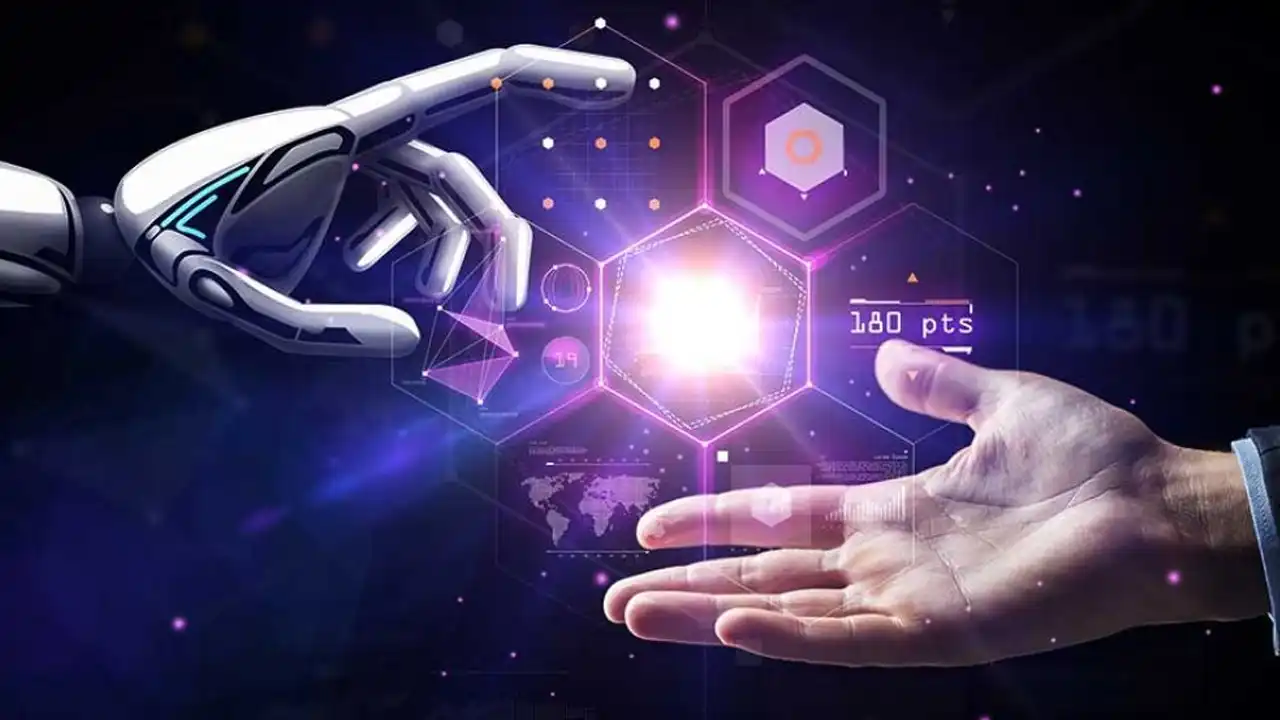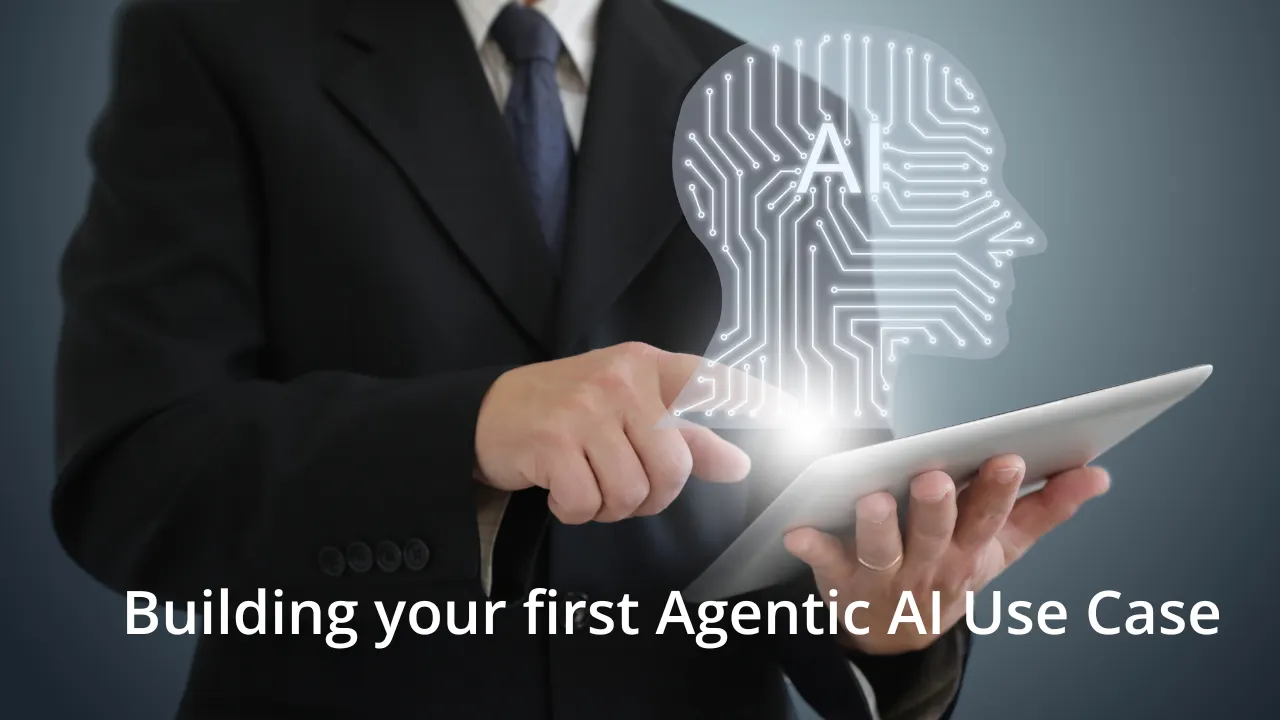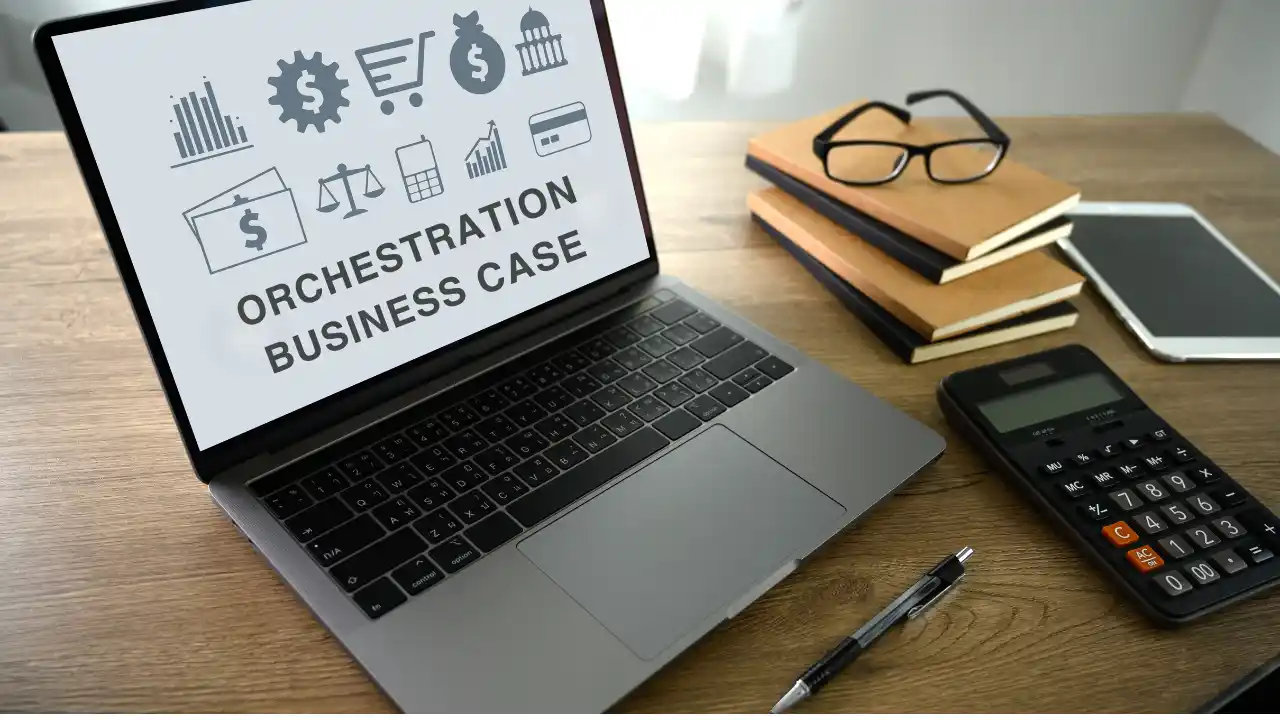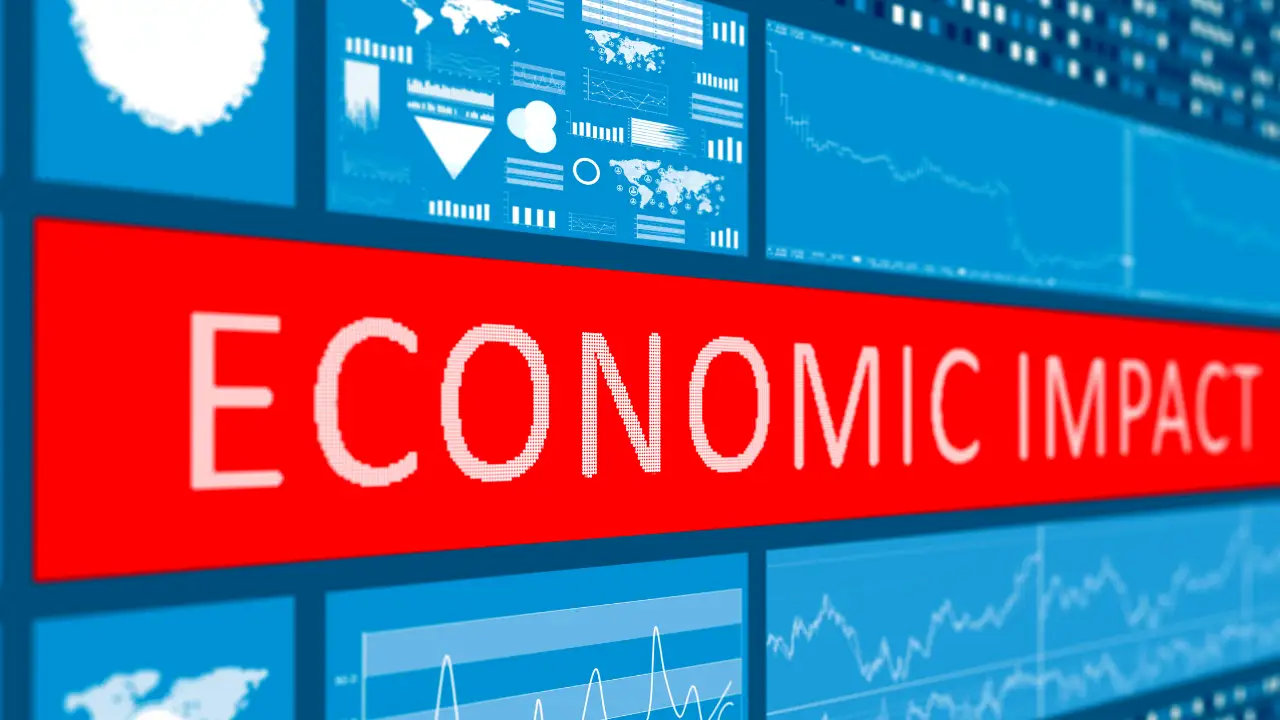The rise in the growth of Artificial intelligence has been really quick in recent times. Hence, there is significant impact of AI in procurement as well.
Artificial intelligence is here to stay! It brings a lot of benefits in the form of machines that automate some of our day to day procurement activities. Though it does entail freeing up the procurement team’s time, it also ushers in a new way of thinking and doing things in order to truly leverage this powerful combination of humans and machines working together.

The big question is – will machines take away humans’ jobs?
The answer is both a ‘yes’ and a ‘no.’ Machines definitely will take away some redundant tasks, but they will also add new strategic ones. Machines and humans can coexist and create magic in the procurement function together only if teams know how to go about it.
Let us look at some of the possibilities
Shifting the focus to strategic activities:
- Assume that an Accounts Payable team is able to automate the invoice processing function. The team can execute invoice matching, workflow execution, and payments, as per the instructions or expectations set in the system.
- It would provide the AP teams enough time to focus on enhancing supplier relations. They will also find more strategic partnerships for continued business. Any mismatches or issues with an invoice (identified in the background by AI) can be taken up as an ongoing regular activity. The impact of AI in procurement in such cases may be large or small, depending on the size of the businesses.
- Similarly, natural language processing (NLP) can help a contract manager to navigate smartly through a given contract. There is no need to spend hours on checking each and every term/condition in the contract. The saved time can be used to focus on negotiations and better risk management strategies.
- NLP can highlight any discrepancies or red flags in the meantime for the contract manager to look into and resolve. Finance teams can run custom reports based on specific transactions to identify savings opportunities.
- Backed by data and insights, they can then provide strategic suggestions to the top management in terms of cutting down on costly, unnecessary activities.
Smart decision making done right:
- Data is everywhere. But what makes the real difference is what you make of this vast universe of data. AI will help churn out insights from a pool of data. However, a human alone can identify the exact set of parameters or areas to be analysed is something that .
- Also, the objective of including AI within the function needs to be set by the procurement team. AI alone won’t make itself workable from the very first day. Trainings, phased out transitions, relevant inputs, and structured plans need to be created for the machines to convert the plans into action.
- All these decisions are at the disposal of humans. For an annual meeting with the top management at a company, the procurement head can better represent varied transactions and the areas where savings have been maximised with more ease.
- These insights are beyond just a dump of data. They go on to capture highlight and leverage analysis covering the present scenario. They ultimately go on to impact future decisions.
Real-World Application: Dow Enhances Procurement Efficiency with AI
In our ongoing exploration of artificial intelligence’s transformative impact, it’s essential to showcase how leading organizations are applying these technologies to streamline their operations. Dow, a global leader in materials science, implemented Zycus’ Merlin AI solution to enhance its procurement efficiency.
Discover how Dow successfully leveraged Zycus’ advanced AI technology to transform its procurement operations and achieve significant efficiency gains. Watch the video below to learn more about their journey and the remarkable improvements they experienced.
Providing a human touch to technology and the impact of AI on procurement:
- Machines can do the job of analysis, predictions, and number-crunching in a jiffy. Human touch provides the required relevant context. They can also provide the much needed and valued direction when it comes to providing any strategy.
- Machines cannot talk to customers or suppliers. They cannot suggest creative ideas to team members. This is where empathy, emotion, and relationship-building skills come into play. Also, ideas need thinking, and this thought-driven approach is better left to humans.
- A feasible plan goes beyond mere number-crunching and requires a lot of business acumen, experience, and understanding to bring it all together.
- For example, an AI application might tell you that you are spending a lot on specific suppliers and might highlight the areas where you can get better deals. Humans can negotiate with another set of better suppliers and forge good working relations with them, through the right negotiating skills, empathy and emotions.
Improving business operations and revenues:
- Having custom reports is great and very useful to businesses. But, culling important insights and looking at different angles requires intelligence and creativity.
- Think about how procurement teams can use cost savings reports to focus on getting more business from specific suppliers, sourcing specific products, or concentrating on particular markets.
- It can then be followed up with business expansion plans, geographical strategies, product enhancements, or detailed supplier dashboards for regular tracking, which will ultimately lead to better products, optimized transactions, and increased discounts through dynamic discounting.
Enhancing collaboration and team performance:
- Scattered data across different teams doesn’t help an organisation in terms of achieving its goals. A smart procurement team sets up business rules and processes and ensures that operations are streamlined across multiple organisations. Hence, everyone has a single view of data.
- For example, an AI-enabled procurement system will ensure the creation of consistent, updated reports. It can enable employees to leverage the benefits of a guided procurement system while going for purchases, selecting suppliers, etc.
- On the other hand, people can come together and brainstorm to find areas of improvement. They can take this up with the top management as crucial process improvement projects. It would lead to better-motivated teams, enhanced processes, and of course, increased cost savings over the long run.
Getting the right balance:
- With their empathy, business knowledge, experience, and creativity, humans can work well with machines. Machines are great at number-crunching, trend analysis, projections, and custom dashboards and can produce impressive results.
- One should know how to provide the relevant context and use vast amounts of data to find relevant patterns. This is key to an organisation’s success.
Conclusion:
The rise of new technologies like machine learning, natural language processing and artificial intelligence will surely take procurement to a new level. One needs to find out how the impact of AI in procurement takes place and try to include human touch as well, wherever appropriate to personalize the experience.
AI in Procurement: Aatish Dedhia on Zycus’ Early Adoption & Innovation
We, at Zycus, would love to talk to you about the best practices of getting the right balance between these two important entities. Contact us today to know more!
Related Read:
- Blog – Sustainable Procurement For Compliant, Future-Ready Enterprises
- Blog – The Future of Finance: Tackling the Evolving Accounts Payable Challenges in 2023
- Transforming AP: Collaboration Connects Accounts Payable to Strategic Business Processes
- Accounts Payable Automation Software
- White Paper – 4 Pillars to Accounts Payable Automation
- Webinar – Driving AP Transformation and Cost efficiency with AI-led Automation- EMEA webinar




























































